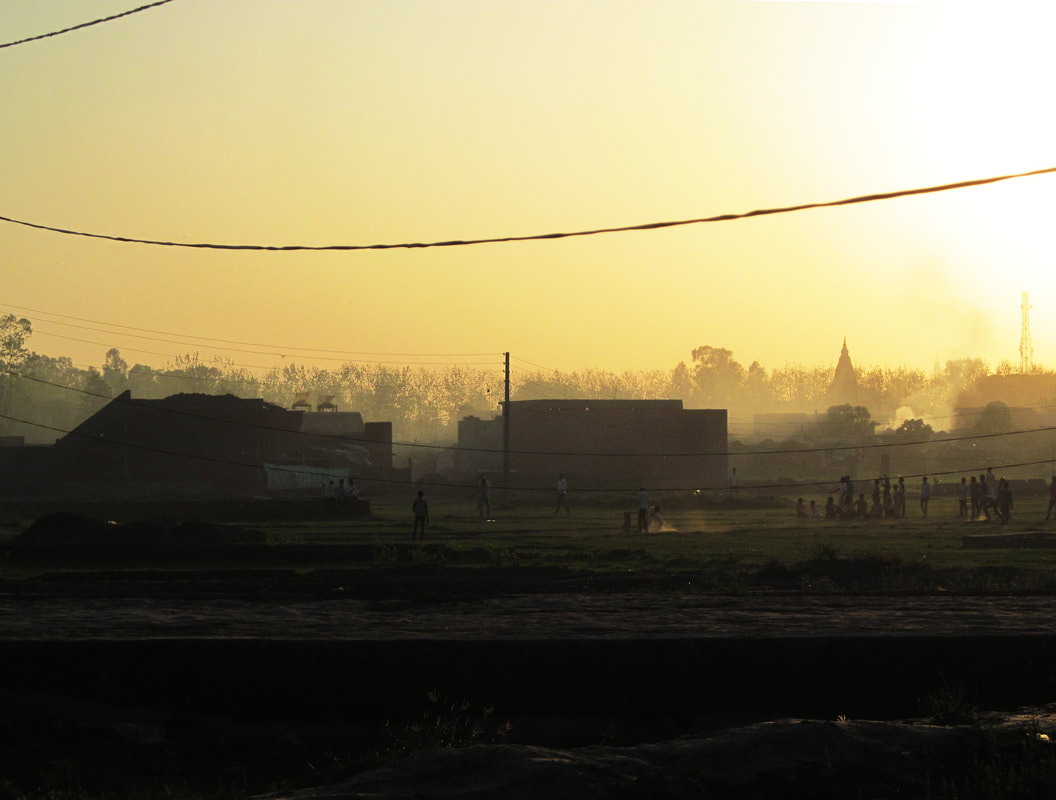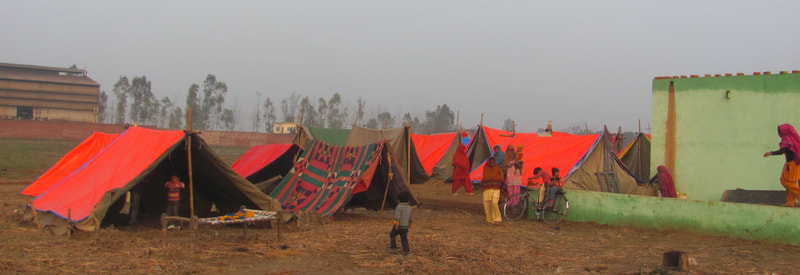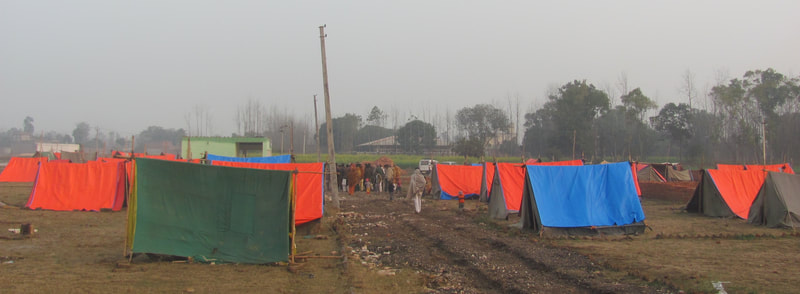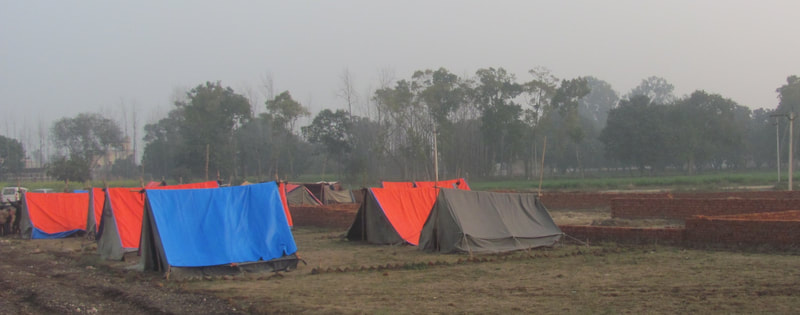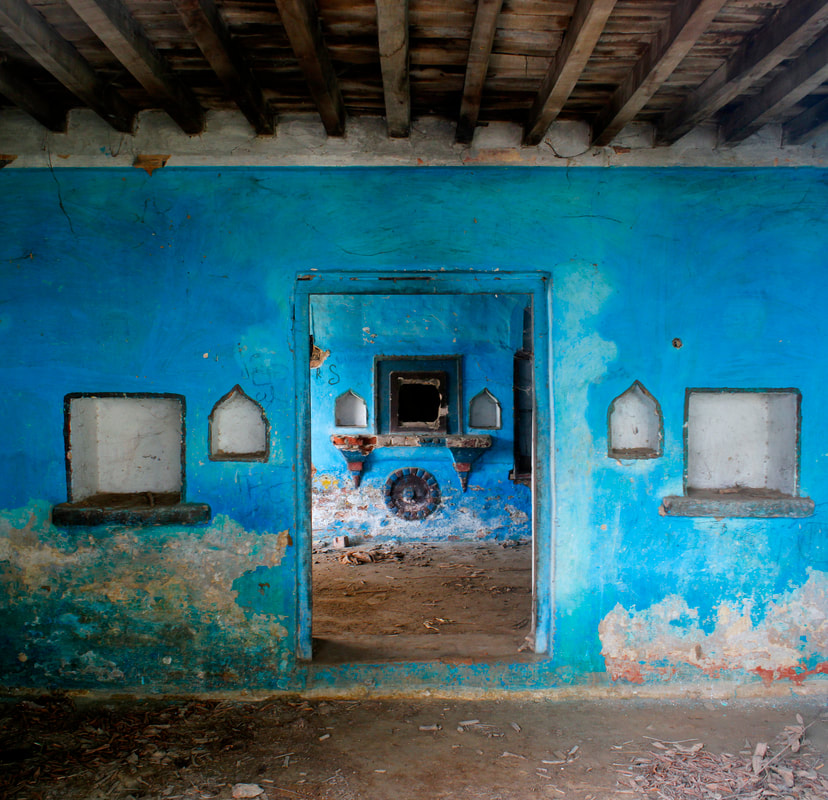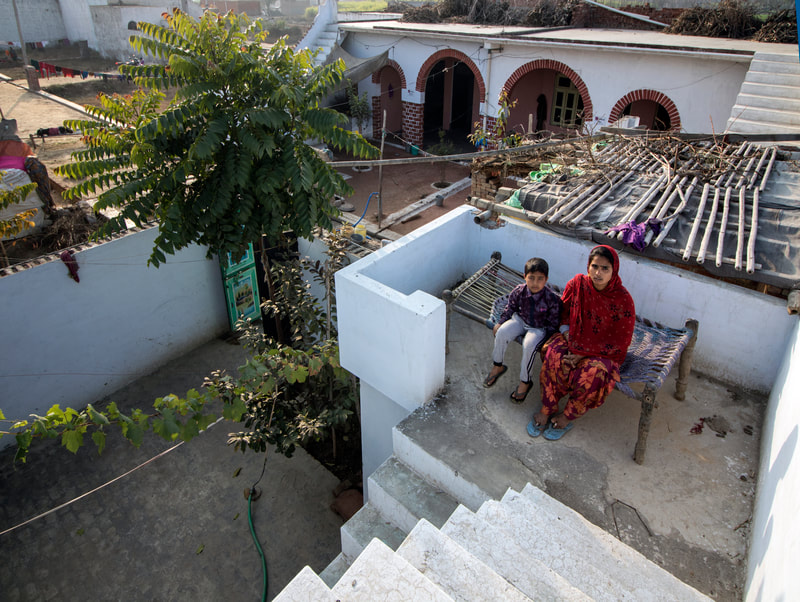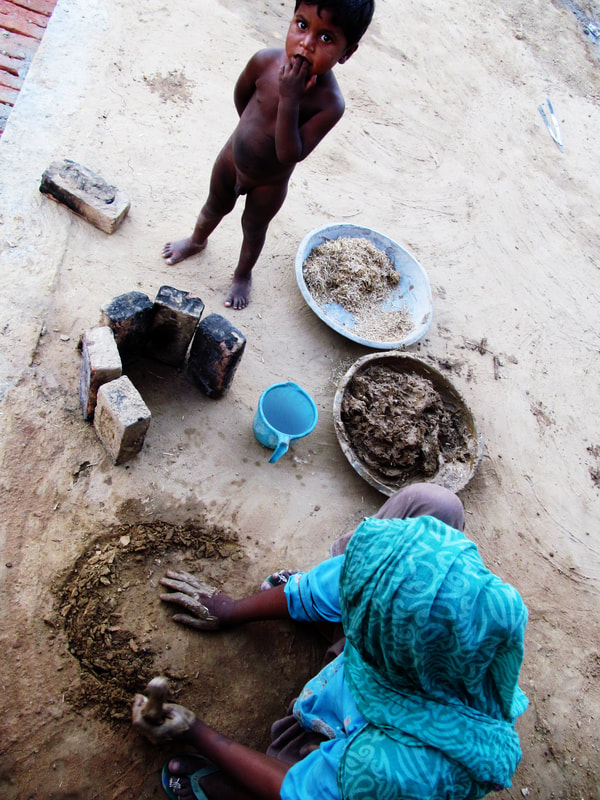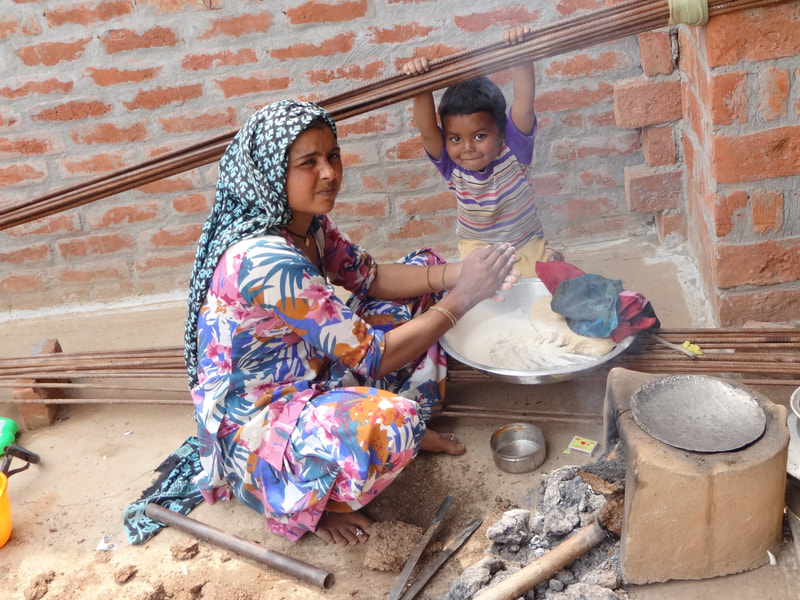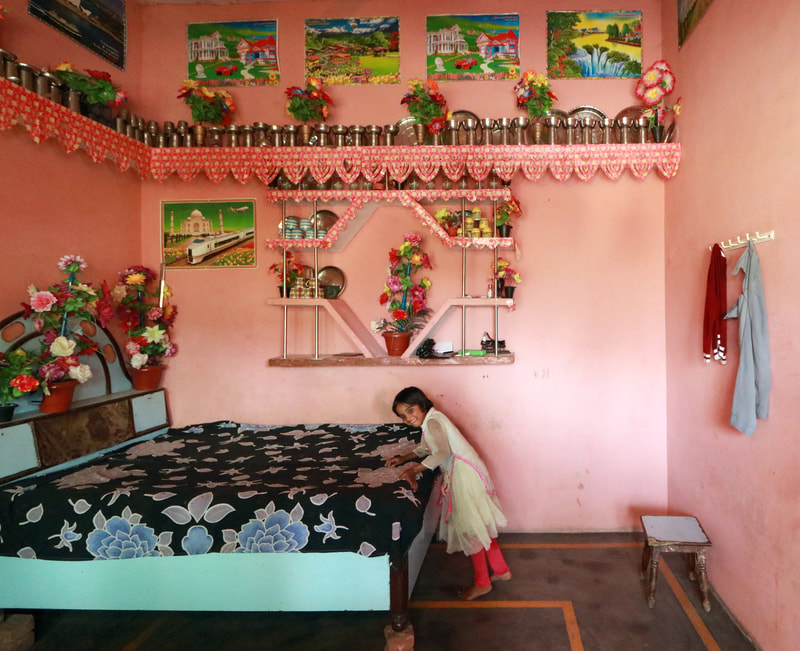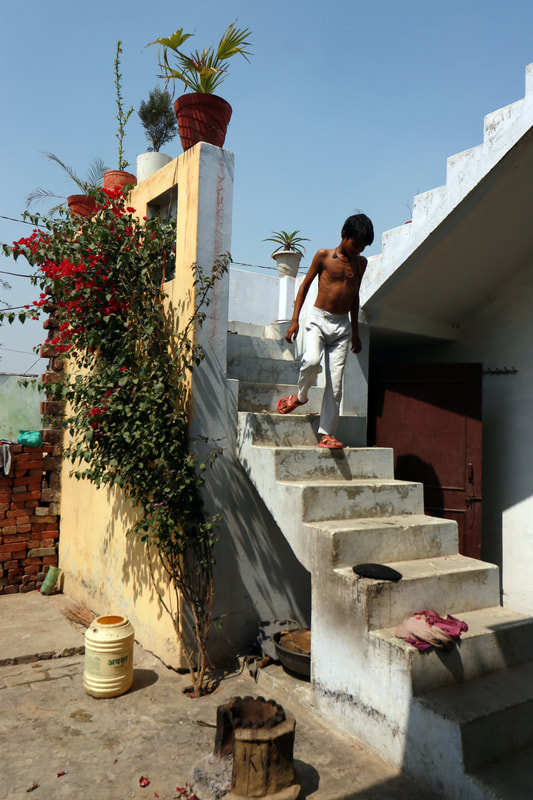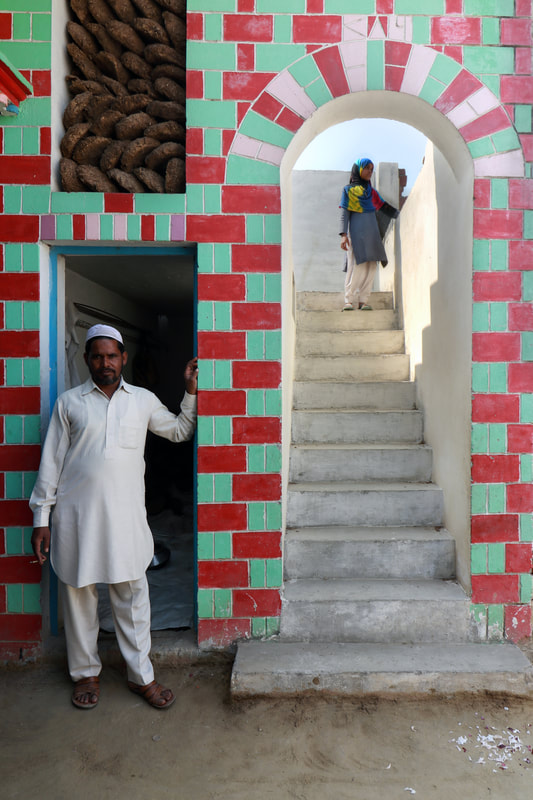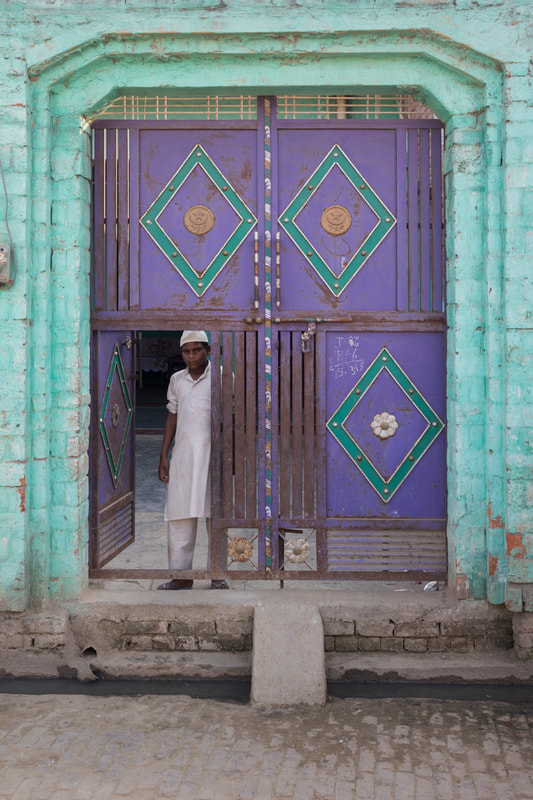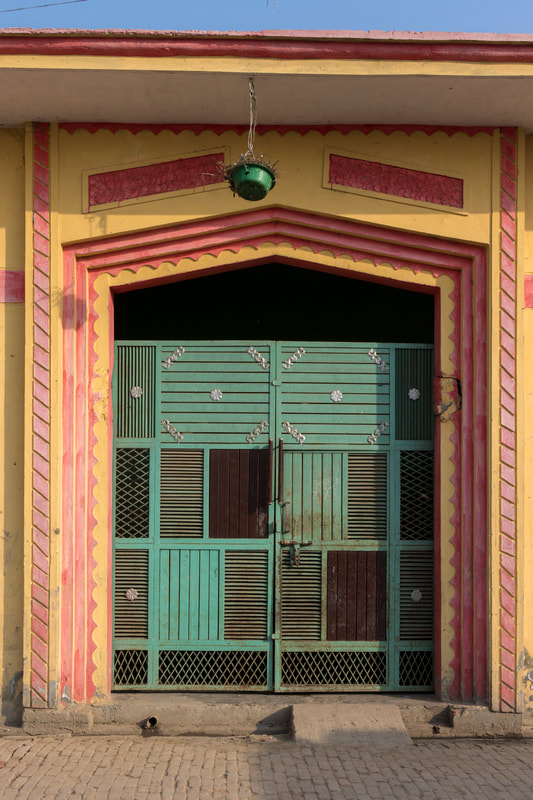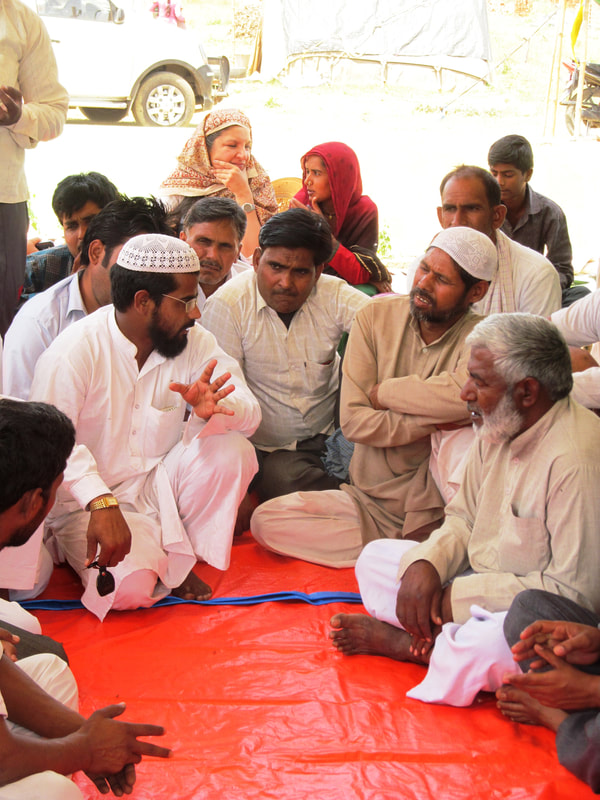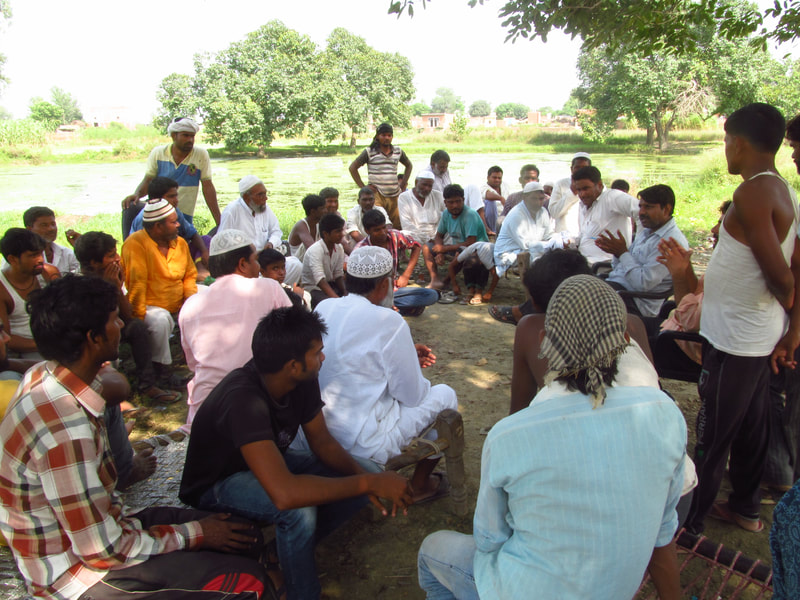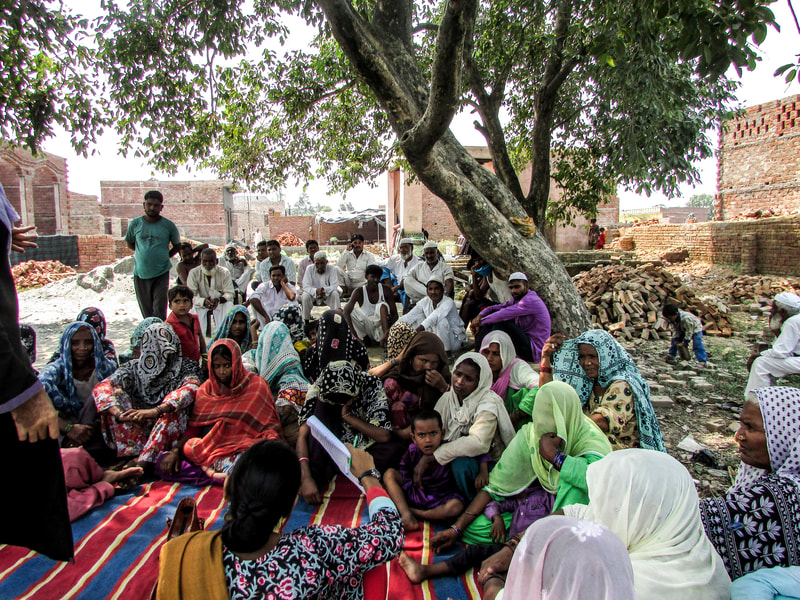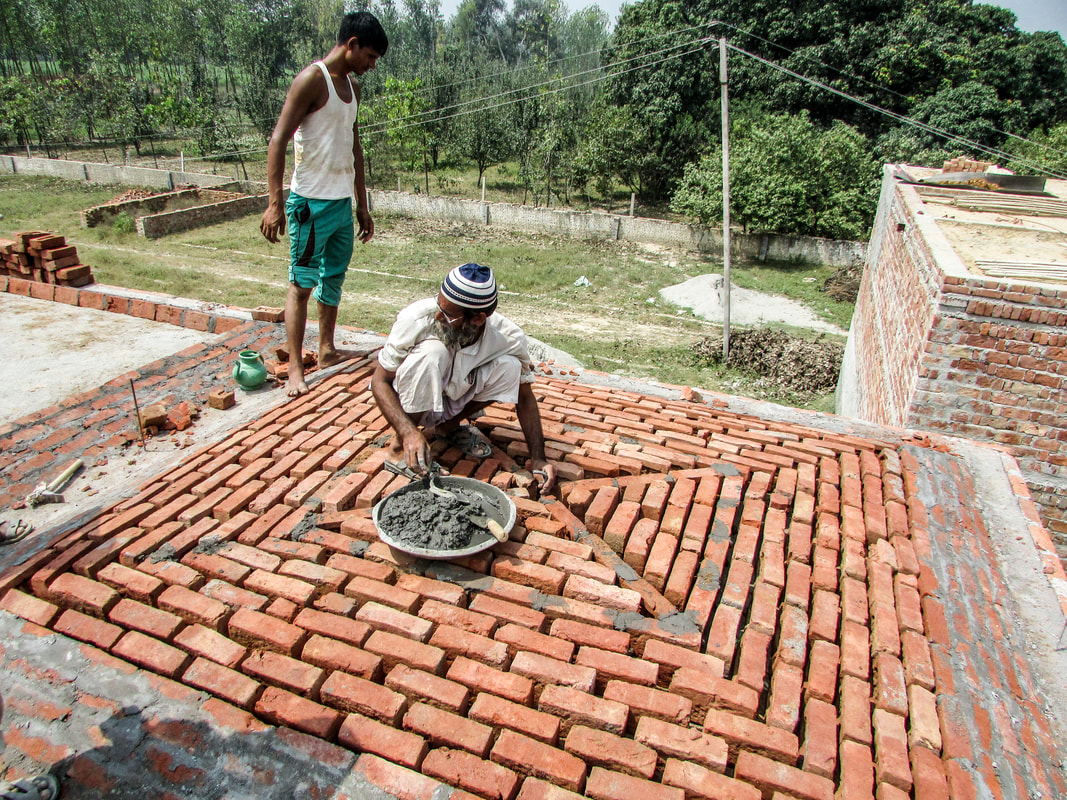MUZAFFARNAGAR POST-RIOT REHABILITATION
|
Background
The Daob region, drained by rivers Ganga and Yamuna, has long been the cradle of civilization. Muzaffarnagar and Shamli districts of Uttar Pradesh are nestled in this fertile region. Sugarcane is grown here in abundance, and the area is called the sugar bowl of the country. This region has had a history of communal harmony and wasn’t adversely affected during the partition of India and Pakistan, when communal tensions were at their peak in many parts of the country. However towards the end of August 2013, relations between Jat and Muslim communities got particularly strained and the resulting violence claimed the lives of 43 people and injured another 93, while displacing more than 5000 families. The displaced population was almost entirely Muslim. They took shelter in various camps in Muslim-dominated villages in the area. While some families went back to their villages, some may never be able to go back because of the scale of violence they suffered at the hands of the rioters. |
After the Riots
Motivated by political shenanigans, the camps for the riot were forcibly cleared away, in a bid to show the world that the riot victims went back home and life was back to normal in the region. However the opposite was true – thousands of displaced families were still living in makeshift shelters and tents, only they were not very visible because they were scattered within camp villages or camping in other nearby villages.
The UP government shortlisted 9 villages, which suffered the worst of the violence in terms of loss of life as well as loss of property and awarded them Rs. 5,00,000 as compensation against displacement. While this move was unprecedented in its generosity in the history of Indian Riots, there were several problems with the process of awarding compensation. Further, there were several families, which hadn't made it to the shortlist, and had been effectively displaced from their villages. These victims had no resources to start a new life elsewhere but they couldn't return to their old lives either.
Motivated by political shenanigans, the camps for the riot were forcibly cleared away, in a bid to show the world that the riot victims went back home and life was back to normal in the region. However the opposite was true – thousands of displaced families were still living in makeshift shelters and tents, only they were not very visible because they were scattered within camp villages or camping in other nearby villages.
The UP government shortlisted 9 villages, which suffered the worst of the violence in terms of loss of life as well as loss of property and awarded them Rs. 5,00,000 as compensation against displacement. While this move was unprecedented in its generosity in the history of Indian Riots, there were several problems with the process of awarding compensation. Further, there were several families, which hadn't made it to the shortlist, and had been effectively displaced from their villages. These victims had no resources to start a new life elsewhere but they couldn't return to their old lives either.
|
Understanding a Past | People, Culture and Aesthetics
Every culture has different meanings associated with the spaces in a house and how they are used. Seemingly insignificant details tell us what people value and how they live. When we work cross-culturally, it is equally important to understand what they consider beautiful, their palette of colours, proportions, symmetry, balance or the elements in a house they want to decorate, and the motifs that hold meaning in their culture. The aesthetics of the region had its own strong language and was clearly important to the people. One could see this need for embellishment reflected in every aspect. With regard to the built form, a whole range of technical skills have evolved that can decorate the facades, doors, floors, even the ceilings of the homes of the Sheikhs. |
Participatory Design
At the centre of this model was the idea of home – how does one create a home and community for people violently displaced, that can in some small measure be a place for new beginnings? A space that can heal and help the next generation begin a new life? How can the houses be built through a process that puts those who lost all sense of belonging in a maelstrom of violence back in charge of their lives? To develop a scheme, it was important to first come to a common understanding of what the community and we were going to achieve together.
Since it was desirable to help as many people as possible, the design had to take into consideration both these sets of people (the people from these 9 villages as well as displaced people who were not awarded compensation). The design was developed after studying the built forms in the region and holding discussions with various interest groups like the affected population, women, local masons, government engineers, other individuals/organisations building shelters in the area, etc.
At the centre of this model was the idea of home – how does one create a home and community for people violently displaced, that can in some small measure be a place for new beginnings? A space that can heal and help the next generation begin a new life? How can the houses be built through a process that puts those who lost all sense of belonging in a maelstrom of violence back in charge of their lives? To develop a scheme, it was important to first come to a common understanding of what the community and we were going to achieve together.
Since it was desirable to help as many people as possible, the design had to take into consideration both these sets of people (the people from these 9 villages as well as displaced people who were not awarded compensation). The design was developed after studying the built forms in the region and holding discussions with various interest groups like the affected population, women, local masons, government engineers, other individuals/organisations building shelters in the area, etc.
Implementation Methodology
The construction was entirely community driven and no contractors were hired. A Steering Committee was constituted that will oversaw the construction of shelters in all the settlements. The Steering Committee was comprised of representatives from all the partner organizations including Hunnarshala Foundation, the Joint Citizen’s Initiative and Janvikas. This committee was responsible for social facilitation, providing technical support as well as fund raising and coordination with state.
The construction was entirely community driven and no contractors were hired. A Steering Committee was constituted that will oversaw the construction of shelters in all the settlements. The Steering Committee was comprised of representatives from all the partner organizations including Hunnarshala Foundation, the Joint Citizen’s Initiative and Janvikas. This committee was responsible for social facilitation, providing technical support as well as fund raising and coordination with state.
|
Materials and Technologies
The design incorporated locally available materials as well as skills to ensure that the cost of construction was kept at a minimum. It also has to be rooted in their building traditions and follow their typical house plans to ensure there was a sense of continuity. At the same time, the design incorporated adequate safety features, which were missing from their building techniques to ensure that the construction was safe, given the area falls in Seismic Zone 4. |
